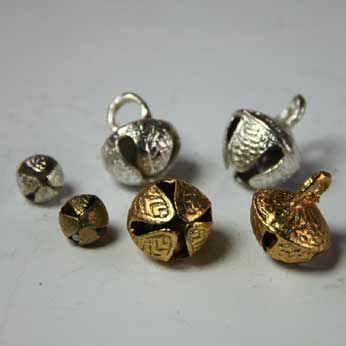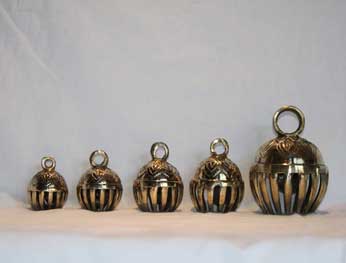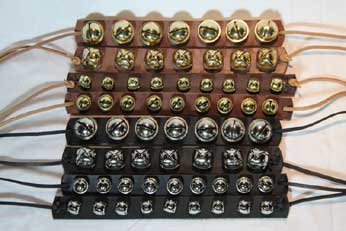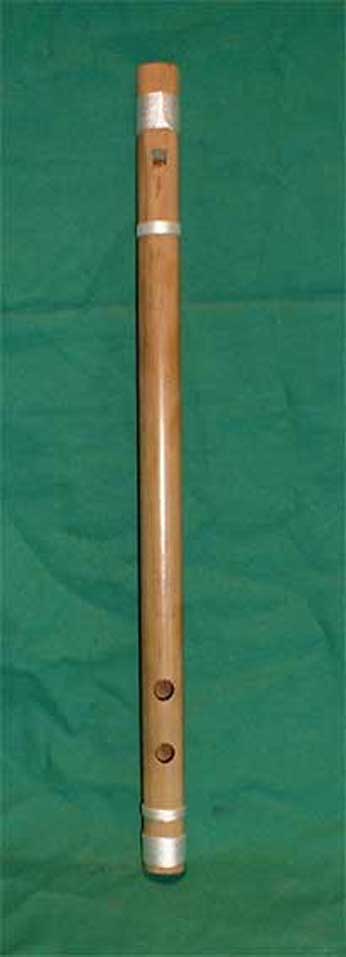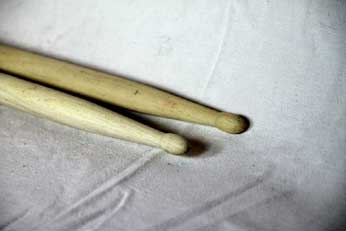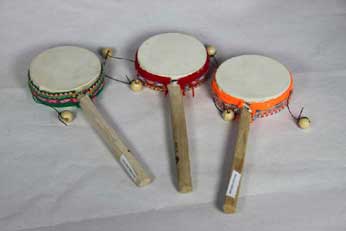Schellen und Glocken
Schellen und Glocken, Glöckchen, Schellenbänder
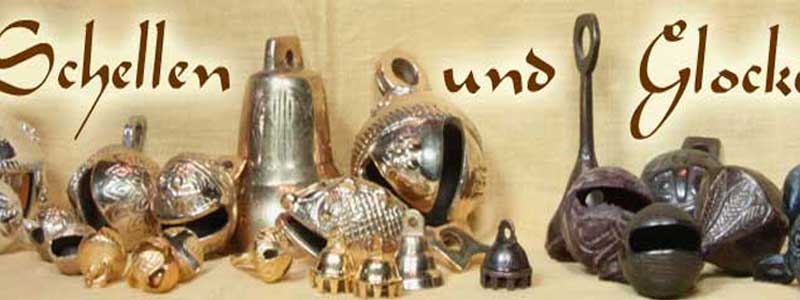
leichte Schellen aus Blech, schwere aus Messing, grosse Glocken mit hellem Klang, als Muschel, als Fisch, silbern oder golden. Schellenbänder aus eigener Herstellung.
Schellen dienen vielfältig zur Rythmusbegleitung, ob der Spielmann im Mittelalter, der Straßenmusiker oder die "Ein-Mann-Band". Auch Kinder erfreuen sich der Vielfalt der Schellen.
Wir bieten sowohl einzelne Schellen vom kleinen Glöckchen bis zur großen Glocke, als auch fertige Schellenbänder in verschiedenen Ausführungen.
So entstehen unterschiedliche Klänge je nach Art der Schellen, Größe und Anzahl.
Wenn Sie näheres Interesse an unserem Schellenangebot haben, besuchen Sie bitte unseren online-shop
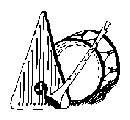
 English
English
 French
French
 German
German
